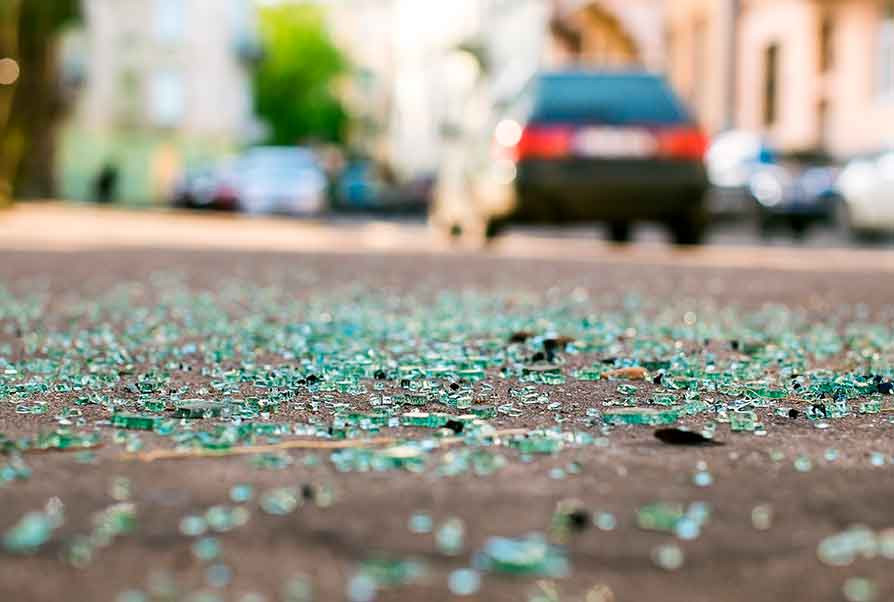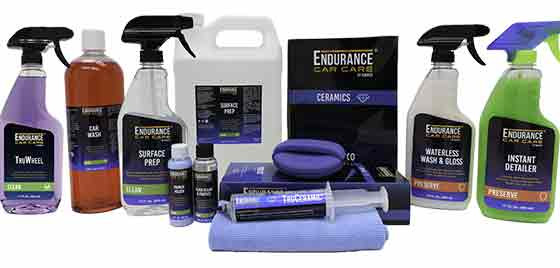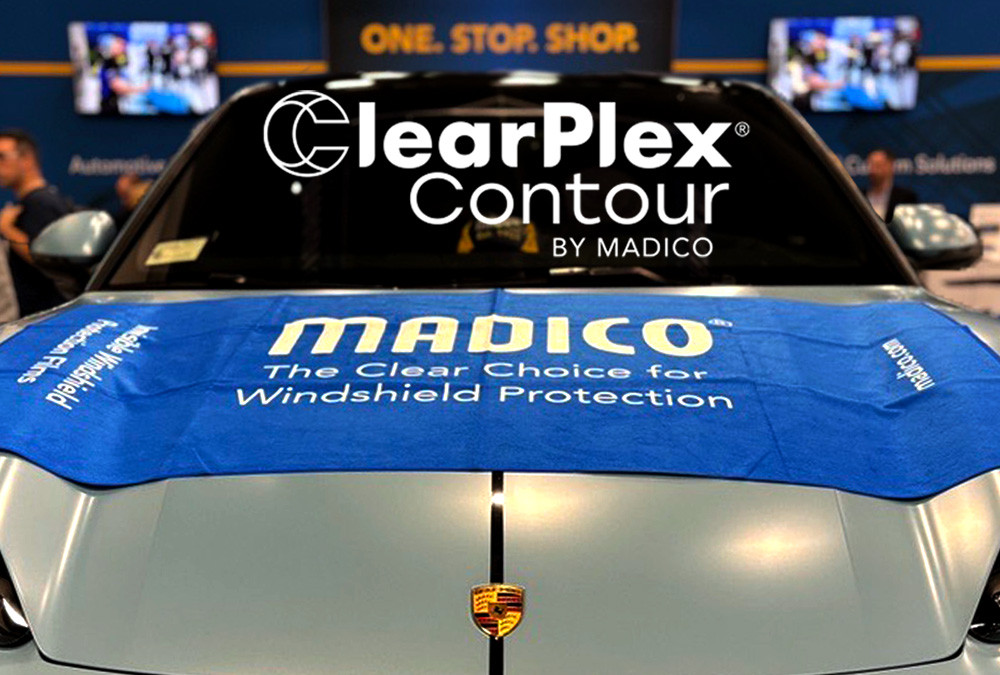Spontaneous glass breakage is a very real issue with tempered or thermally toughened glass. Nickel sulfide inclusions, while not the only cause, are by far the most common cause for spontaneous breakage.
What are Nickel Sulfide Inclusions?
Nickel sulfide (NiS) inclusions are small, pencil point size particles or imperfections that may be found within a sheet of glass. These are not an issue in common annealed glass but when tempered/toughened glass they can expand due to thermal cycles, breaking the outer plane of compression, causing the entire sheet of glass to explode.
Although tempered/toughened glass breaks into small light pieces, these pieces may still cause injury to people should they fall out of a building above pedestrians. Through our testing, Madico has seen that portions of many panes of tempered/toughened glass, once broken, will hold together until they impact the ground. This allows large portions of glass to strike with considerable weight and force.
Buildings with spontaneous breaks have used safety films for years to hold a broken sheet of tempered glass in place once NiS failure occurs. Depending on the size and weight of the glass, a 7 or 8 mil safety films is used to hold the glass together. For exterior applications, an exterior grade 7 mil safety film is used.
Will a daylight installation of window film work?
Due to the break pattern of tempered glass, Madico does not recommend a simple daylight installation of safety film. Daylight installations is when the film is installed on the visible part of the glass. In this type of installation, once spontaneous breakage occurs, the entire sheet of filmed glass may potentially fall from the opening. The small pieces of broken glass encapsulated within the frame are insufficient to hold the filmed glass within the frame.
Anchoring Systems for Spontaneous Breakage
Madico always recommends the use of an anchoring restraint system for glass with spontaneous breakage. There are many anchoring restraint systems available. Mechanical anchoring such as FrameGard®, which holds the film in place through a combination of screws and tape and an aluminum extrusion. This is by far the safest attachment system, tested to hold from 500 to 800 pounds per linear foot of attachment.
Because many frames and building situations do not allow for screws to be used, the Wet Glaze attachment system is the most common attachment method used for these applications. Wet glaze attachment systems have been thoroughly tested to blast mitigation standards and wind loads. As such, Wet glaze attachment systems are a very practical choice for NiS failure mitigation.
In a Wet Glaze installation, the safety film is installed in a daylight configuration, after which a sizeable bead of structural silicone is installed with a minimum of a 1/2-inch (13 mm) contact with the film and the frame. Heavier pieces of glass may require a bead which uses 3/4-inch (19 mm) or larger contact on both the film and frame system.
Choosing the best system for your glass is based on the weight of the glass and the type of framing system. Contact your Madico sales representative and Madico Technical Services for aid in calculating the bead size.



